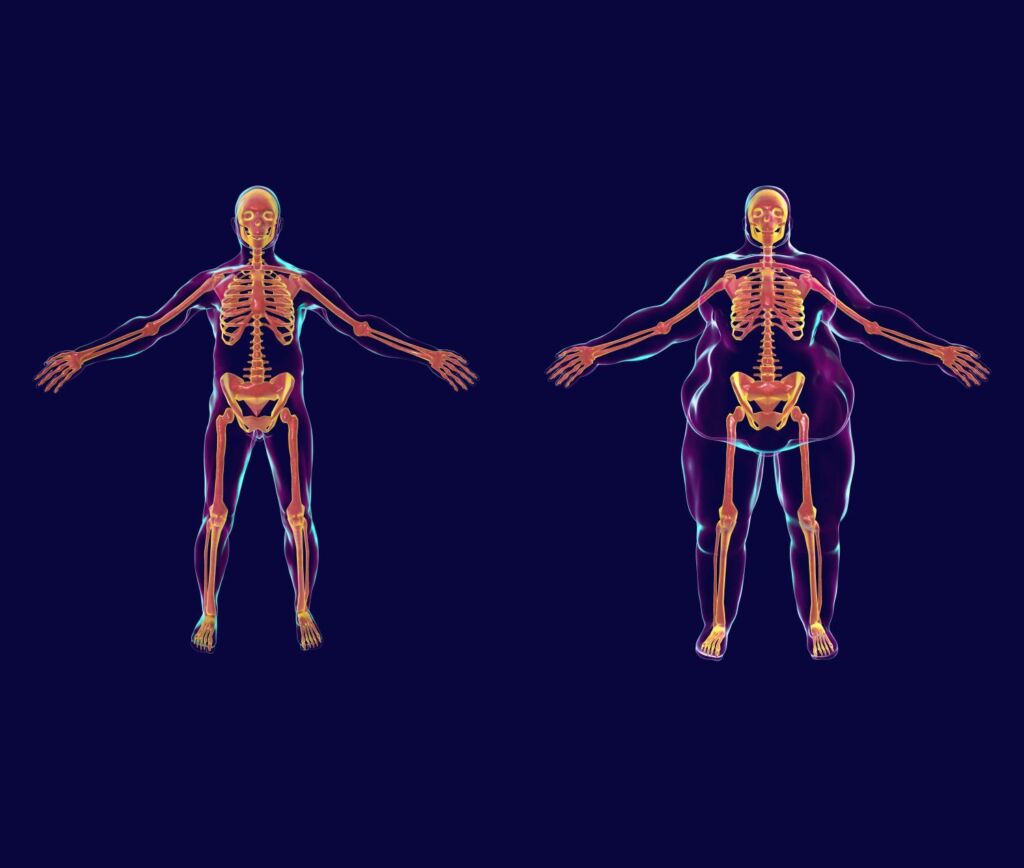In recent years, advances in research have also brought new treatment methods for leukemia and improved the chances of recovery. Alexandre Theocharides, a specialist in blood cancer at the University Hospital Zurich, provides more information.
Mr. Theocharides, leukemia is also referred to as blood cancer. How does the disease develop?
Leukemia basically refers to a group of diseases in which the formation of white blood cells in the bone marrow has degenerated. A distinction is made between chronic and acute as well as between myeloid and lymphatic leukemias. Due to a malfunction, non-functioning white blood cells enter the blood. Because they multiply rapidly, they displace normal formation of blood in the bone marrow. There is a lack of healthy white blood cells, red blood cells and platelets.
What are the effects of this imbalance in the blood?
Due to the lack of red blood cells, the body is supplied with too little oxygen and performance decreases. The impaired formation of white blood cells leads to an impairment of the immune system, making the body susceptible to infections. Ultimately, a lack of platelets can lead to a tendency to bleed, e.g. nosebleeds or bleeding gums. Lymphatic leukemias can lead to an increase in white blood cells in organs such as the spleen, liver, tonsils, lymph nodes and other body tissue. The organs can become greatly enlarged as a result.
How does the disease progress?
If the blood cells divide and multiply at a very early and immature stage of their development and the cancer cells divide rapidly, the disease also progresses quickly. This is known as acute leukemia, which, if left untreated, leads to death within a few weeks to months. In contrast, chronic leukemias progress more slowly. Many people are familiar with so-called old-age leukemia (chronic lymphocytic leukemia), which usually occurs in older people and often progresses slowly even without treatment.
Are there special risks for leukemia? Who is most frequently affected?
In Switzerland, around 1200 people are diagnosed with leukemia for the first time every year, and men are affected more frequently than women. Around half of leukemia patients are over 70 years old at the time of diagnosis. Leukemia often develops from a healthy state. However, there are risk factors such as smoking, exposure to chemicals or ionizing radiation and chemotherapy or radiotherapy for a previous cancer.
What signs should make you think of leukemia?
The symptoms are usually unspecific. The first signs can be, for example, an infection that does not heal, unexplained bleeding or fatigue and a drop in performance. If such complaints persist over a longer period of time, you should have them checked out anyway. The first indication of leukemia – or its exclusion – is usually provided by a blood count examined under the microscope. For an exact diagnosis, bone marrow is taken and examined using various methods: This tells us exactly which type of leukemia is involved and we can tailor the therapy to it.
What treatment options are available today? Can leukemia be cured?
Research into leukemia has also made great progress in recent years. Today, we can distinguish between many different subtypes of leukemia and tailor treatment to the individual form that the patient is suffering from. In the past, chemotherapy was the main treatment. They are still important today, but are often combined with immunotherapy or targeted therapy. This is how we achieve maximum effectiveness. We can also cure some of the leukemias today. Some patients require a blood stem cell transplant.
More about the treatmentHow does a stem cell transplant work?
Healthy stem cells from a donor are transferred to the patient. Before these are transferred, the recipient’s hematopoiesis and thus also the immune system is shut down with high-dose chemotherapy. The transplanted cells then bring with them new blood stem cells that take over hematopoiesis in the recipient. The new immune system can then establish itself in the body, remain there for years and eliminate recurring cancer cells. Genetically modified T cells can also be used in children and young adults with a relapse of acute lymphoblastic leukemia. T cells are responsible for recognizing and destroying foreign cells and pathogens. However, cancer cells can avoid the T cells. The CART procedure can be used to modify the patient’s T cells so that they specifically attack the cancer cells. This CAR-T cell therapy shows long-term success in around half of the patients treated.




